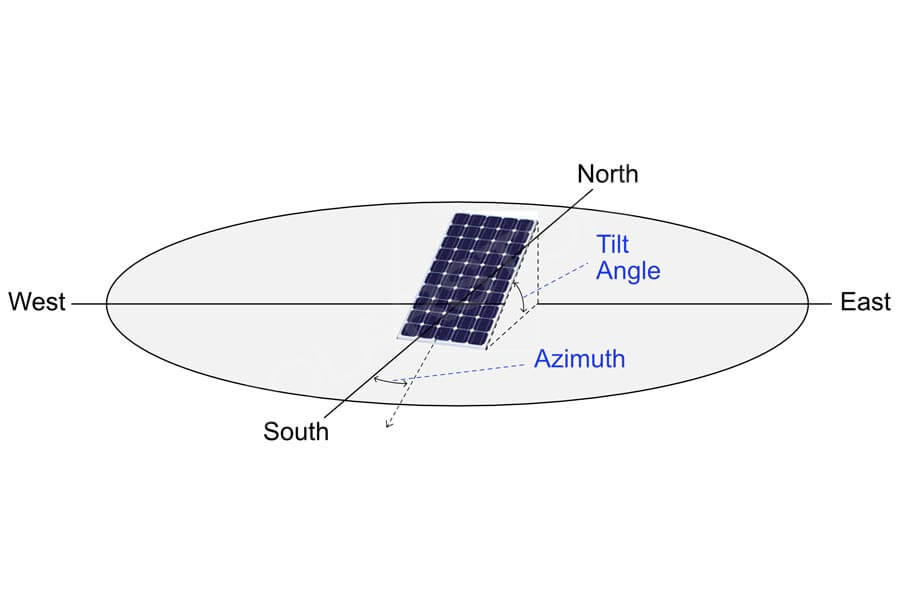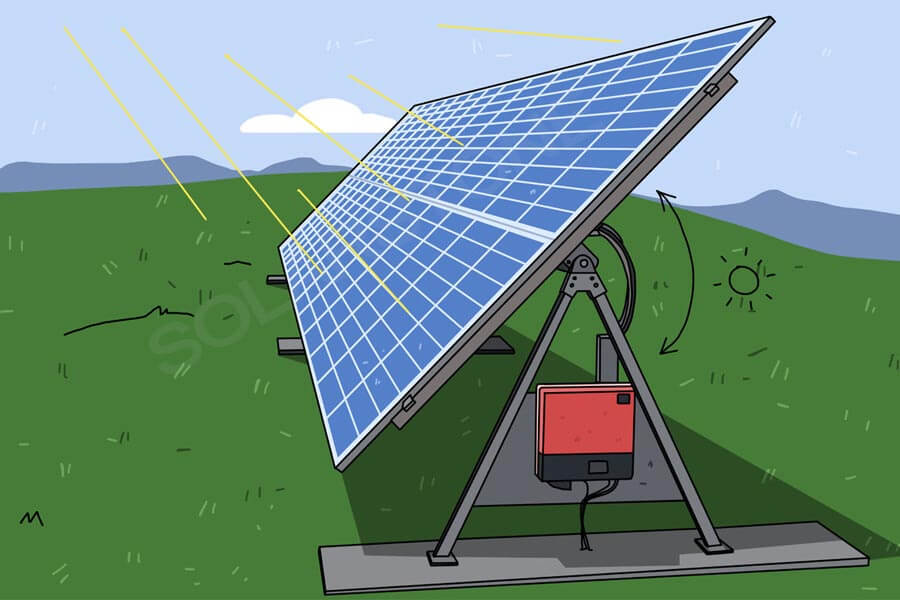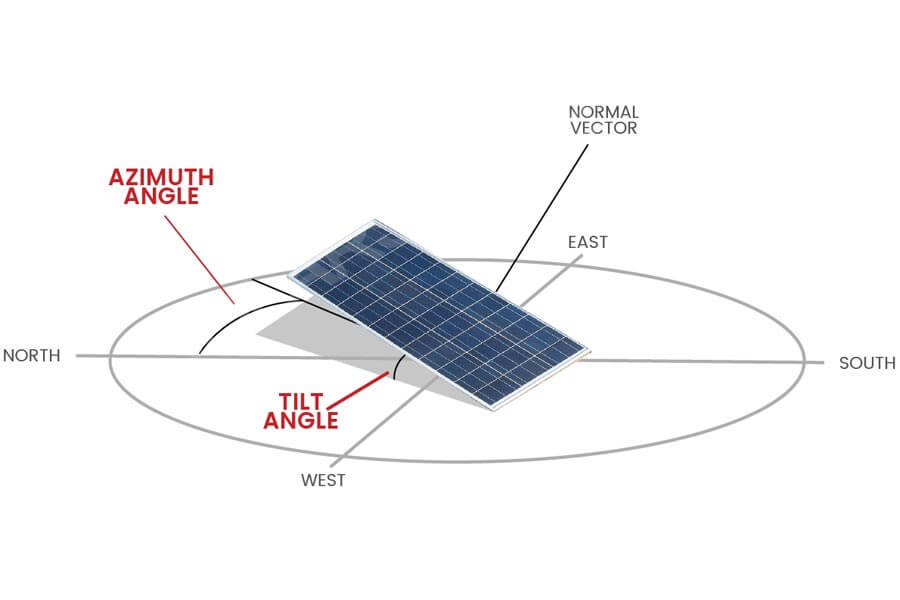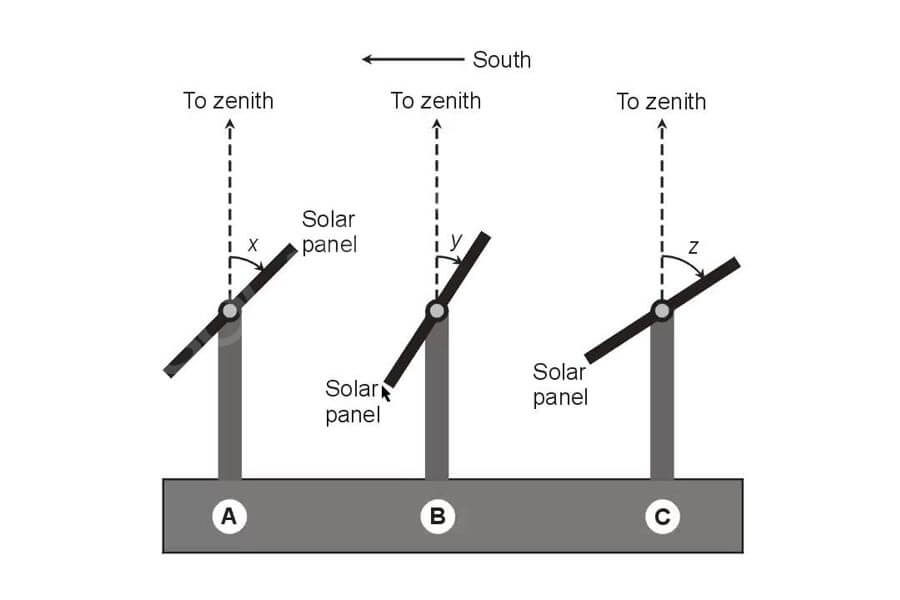Many friends, after choosing the appropriate solar panel, start to worry when installing it. With so many installation angles and directions, how should they choose?
Before discussing this issue, the first thing we should do is to understand the solar radiation level in our own region, familiarize ourselves with the meteorological data of our location, search for the average daily radiation level of the local area in the previous month, and adjust the light intensity of solar panels for the lowest and highest solar radiation levels, in order to more effectively utilize the solar energy of solar panels.
Secondly, an issue that cannot be ignored is that the peak generation time of solar radiation varies in different seasons and time periods.
Therefore, we should pay attention to adjusting the installation measures of solar panels for different seasons in hot summer and cold winter when the incidence of sunlight is different;
At the same time, in order to achieve more efficient utilization of space and avoid the obstruction of the sunlight injection process, when installing solar panels, it is advisable to avoid tall buildings as much as possible.
Finally, let’s choose the appropriate installation direction and angle.
Installation direction: When the sunlight is directly facing the solar panel, the maximum solar energy absorption per unit area of the solar panel is located in the southern hemisphere facing north, and in the northern hemisphere facing south as the optimal direction.
Installation angle: The tilt angle of the solar panel is to allow the solar energy to receive as much energy as possible, and the magnitude of the tilt angle is related to the latitude you are in.
Because the axis of rotation of the earth is not vertical to its orbit, the solar angle is different in different seasons, with a difference of ± 23.4 degrees. The median angle of the sun appears at the spring and autumn equinoxes, and on the noon of the equinox, the angle of the sun is exactly equal to (90 degrees minus your latitude).
Through comprehensive calculation, the optimal tilt angle for a year should be slightly larger than your latitude in order to reach the maximum value received throughout the year.






